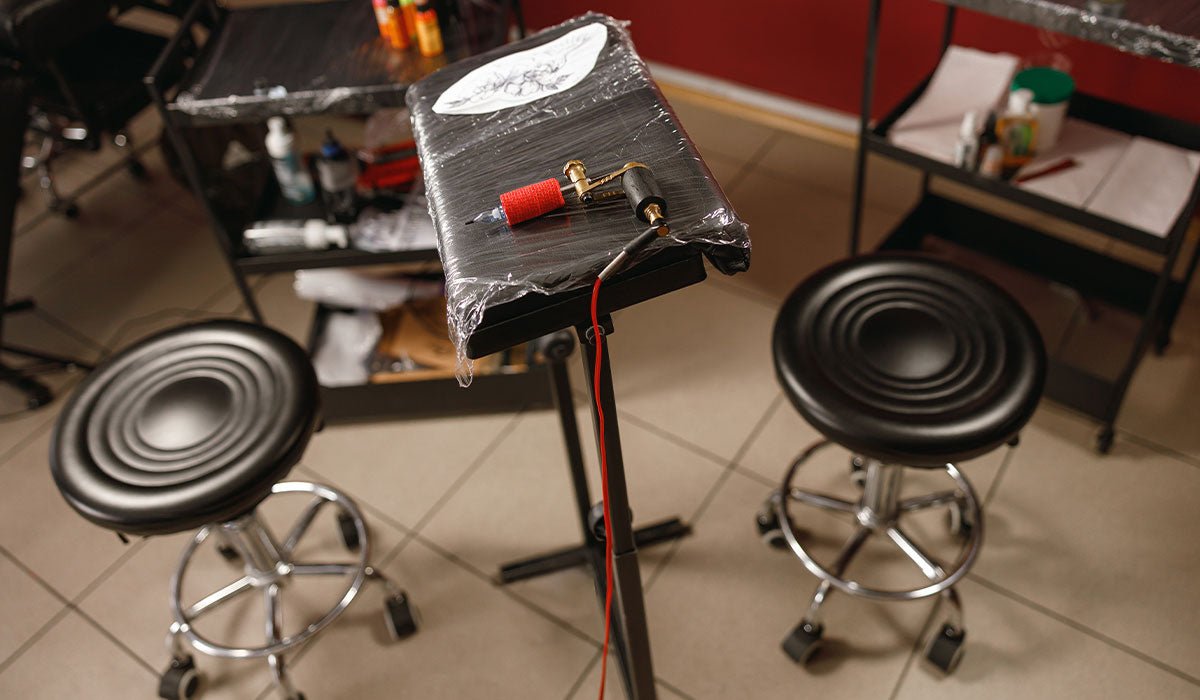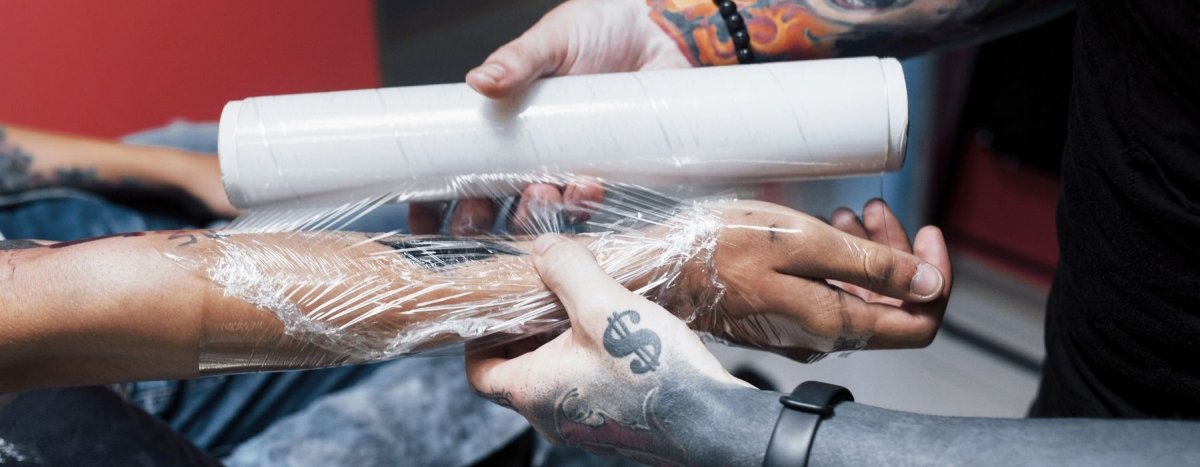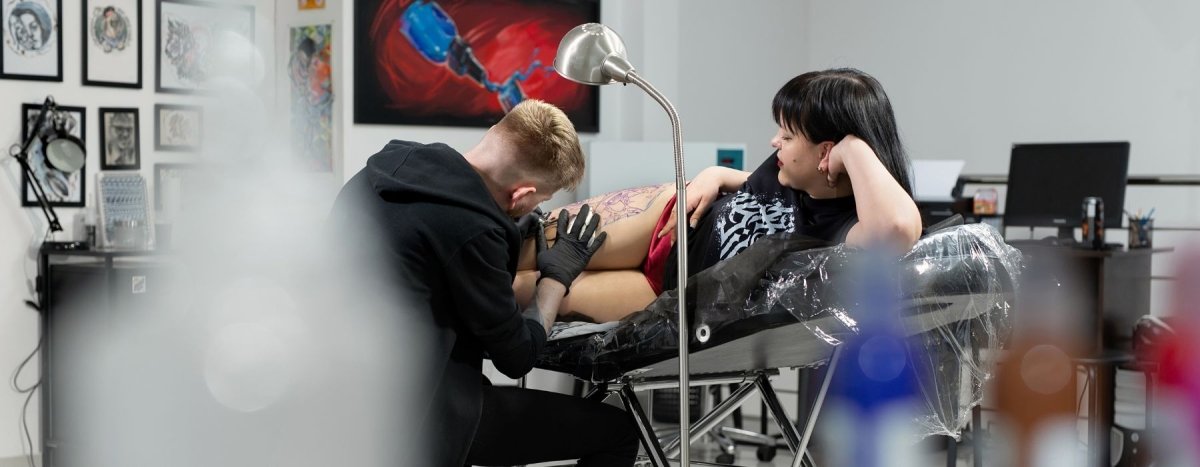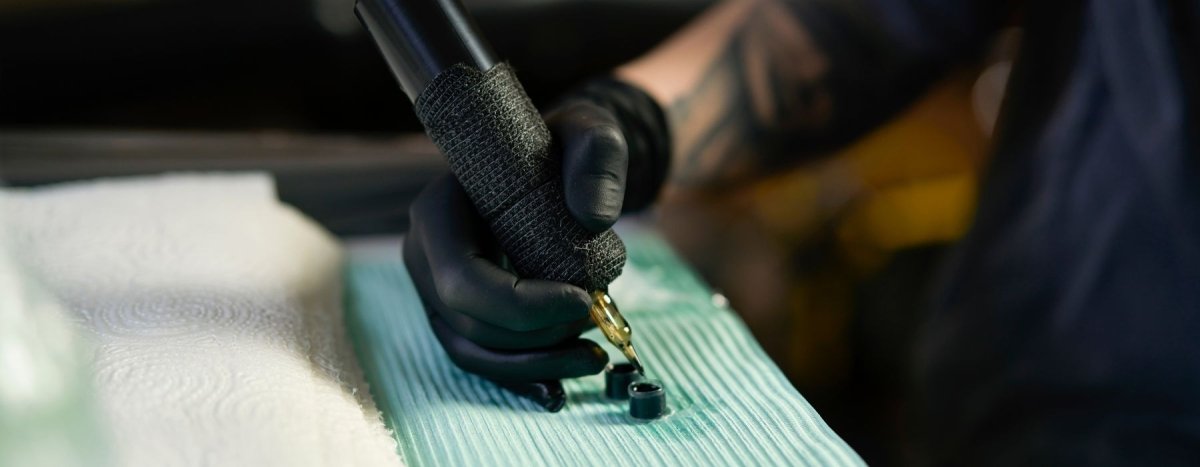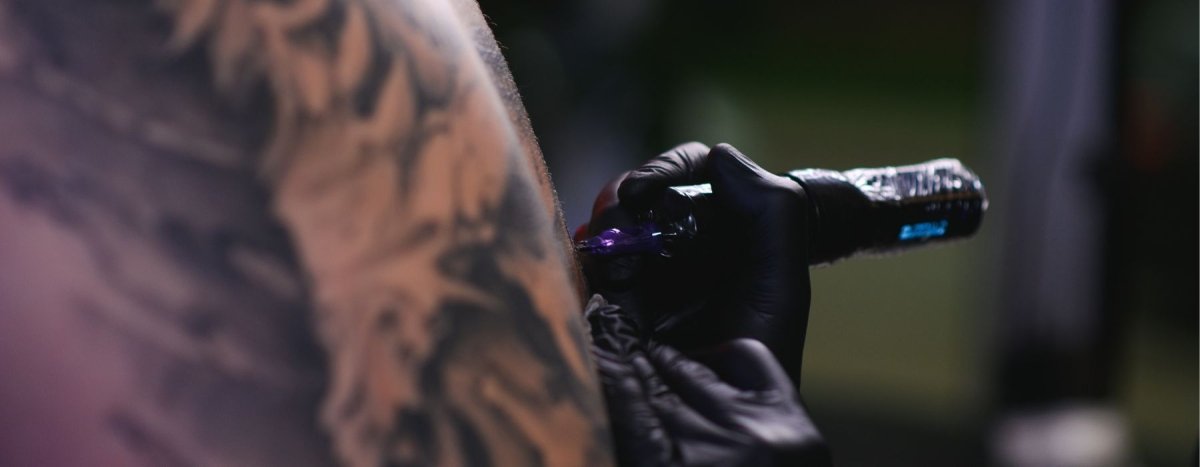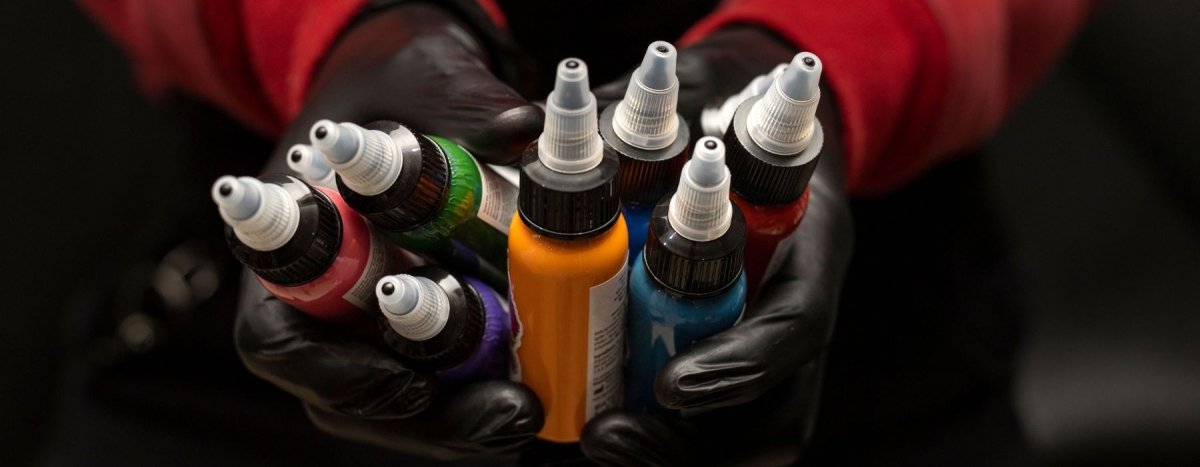Your cart is empty
Looks like you haven't added anything to your cart yet

How to Maximize Tattoo Ink Shelf Life
Tattoos have been around for ages and they're still super popular today. Both tattoo lovers and artists know how crucial it is to use good quality ink to get those amazing, lasting designs. But, just like anything else you use up, tattoo ink doesn't last forever. In this blog, we're going to look at what affects how long tattoo ink can be used for and give you some top tips to make sure your ink stays good and safe for as long as possible.
Getting to Know Tattoo Ink Ingredients
To really get why tattoo ink doesn't last forever, first, we need to break down what's in it. Tattoo ink is a mix of color pigments, carriers (like the liquid part), and stabilizers. The pigments are what make the ink colorful, carriers make sure the ink flows well when you're getting inked, and stabilizers keep the ink consistent so it doesn't separate.
Does Tattoo Ink Expire?
Tattoo ink does have a shelf life, and its expiration can be influenced by various factors. One of the primary factors affecting the ink's shelf life is its quality. High-quality tattoo inks often contain sterilized pigments and reliable carriers, which can extend the ink's lifespan. Conversely, low-quality or counterfeit tattoo inks may deteriorate more quickly.
What Affects the Life of Tattoo Ink
There are a few things that can make your tattoo ink go bad faster. Here's what to watch out for:
- Light Exposure: Sunlight, especially UV rays, can mess up the pigments in tattoo ink. This can lead to the colors fading or changing. To keep the colors bright, store your ink somewhere cool and dark, away from the sun.
- Temperature and Humidity Changes: If the temperature or humidity around the ink keeps changing, the ink might separate or its consistency could change. Keeping your ink in a place where the temperature and humidity are steady is key.
- Contamination Risks: If you're not super careful about keeping things clean, your tattoo ink could get contaminated. This means bacteria or other nasty stuff could get into the ink, which is not only bad for the ink but could also be a health hazard. Always use new, single-use ink caps and make sure your tattoo tools are clean and sterilized.
How to Check if Tattoo Ink Has Gone Bad
To determine if your tattoo ink has expired or gone bad, consider the following indicators:
- Changes in Consistency: Expired ink may become clumpy, watery, or separate into layers. If you notice any unusual texture changes, avoid using the ink.
- Foul Odor: A strong, unpleasant smell can be a sign of ink deterioration. Fresh tattoo ink should have a mild, almost odorless scent.
- Color Fading: Over time, tattoo ink can lose its vibrancy and fade. If the ink's color appears dull or washed out, it might be time to replace it.
Keeping Your Tattoo Ink Fresh
Want your tattoo ink to last as long as possible? Here are some key storage and handling tips:
- Dark and Cool Storage: Put your ink bottles in a sealed container that's airtight, and keep it away from sunlight and big temperature changes.
- Label and Date: Mark your ink bottles with the date you got them. This helps you keep an eye on how old they are and spot any that might be past their best.
- Buy from Trusted Sources: Always get your tattoo ink from suppliers or brands that are known for their quality. This way, you can be sure you're using ink that's good and genuine.
Conclusion
In conclusion, tattoo ink does have a limited shelf life, and its quality can be affected by various environmental factors. As a responsible tattoo artist or enthusiast, it is crucial to be vigilant in checking the ink's condition and follow proper storage and handling practices. By doing so, you can ensure that your tattoo ink remains safe, vibrant, and ready to create stunning masterpieces on the skin for years to come.
Featured Blogs
- Choosing a selection results in a full page refresh.




